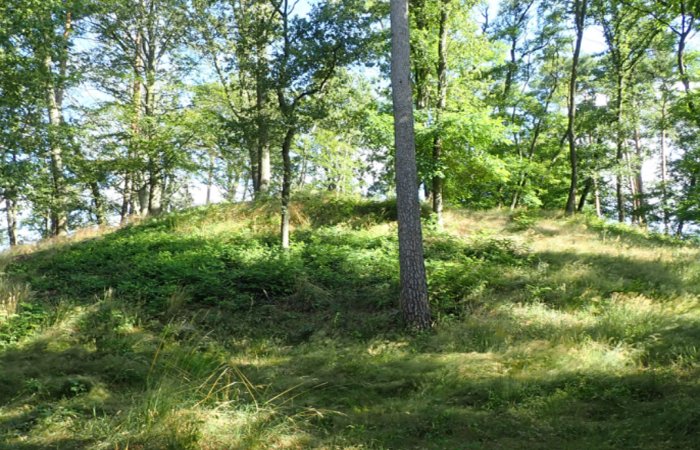Conny Waters – AncientPages.com – Recent research provides compelling evidence that many individuals buried in Seddin, Germany, during the Bronze Age were not native to the region but originated from elsewhere.
Image source
Although archaeologists had already discovered artefacts from various parts of Europe around Seddin, this groundbreaking study now confirms that people themselves travelled and established roots in Seddin. This marks the first bioarchaeological investigation of human skeletal remains from the area.
Thus, researchers have obtained significant insight into ancient migration patterns of people who travelled around Europe during the Bronze Age, a period from approximately 1550 to 1200 BCE.
The individuals studied primarily showed a non-local origin and represented the elite class, rather than the region’s broader population. Their burial mounds containing graves with swords as well as impressive bronze and clay grave goods,were both rich and monumental.
The team found that the abundance of well-preserved archaeological finds dating to the Nordic Late Bronze Age (ca. 11th-8th century BCE) suggests that by that time, the site had developed into an important political and cultural area.
The most interesting and deserving attention monument, located in the area is the Königsgrab, or King’s Grave, of Seddin. This 9th-century BCE site features a monumental burial mound with a polygonal stone chamber tomb containing bronze grave goods.
About one kikometer north of the Königsgrab is another burial mound, Wickbold I. Like the Königsgrab, Wickbold I was built in the 9th century BCE and contains rich bronze grave goods. However, little has been published on Wickbold I.
Grave goods from these sites indicate connections with foreign traditions, suggesting Seddin’s integration into Nordic Bronze Age culture.
Overview for the burial mounds Königsgrab and Wickbold I. Image source
For instance, a knife from Wickbold I resembles Danish grave goods, and its socketed bronze axes are similar to minor axes found in Sweden, Denmark, northern Germany, and the Netherlands. Meanwhile, the phalera covering the Königsgrab urn is unique to southern Europe’s urnfield culture.
During the Late Bronze Age, spanning roughly from the 13th to the 12th centuries BCE, European communities developed extensive trade and exchange contacts that linked various cultures through networks. The area around Seddin in north-western Brandenburg, Germany, was a central hub within one of these networks. Both international connections and exchanges among different cultures during the period between 900 and 700 BCE flourished, but these activities demanded extensive human mobility.
”The strontium signatures of most of the buried individuals point both to south Scandinavia as well as Central Europe, and possible northern Italy,” said professor Kristian Kristiansen, University of Gothenburg.
“This is in good accordance with the archaeological knowledge that shows intensified trade between these regions.”.
Written by Conny Waters – AncientPages.com Staff Writer






Recent Comments